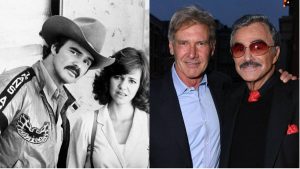Best Artists Of The 20th Century
The 20th century was a period of immense change and creativity in the world of art. Artists were pushing boundaries like never before, exploring new styles and techniques that would redefine the very nature of artistic expression. This era produced some of the most influential artists whose works continue to captivate and inspire audiences today. From the bold colors of Fauvism to the intriguing depths of Surrealism, the century was a melting pot of innovation and imagination.
Picasso: The Master of Cubism
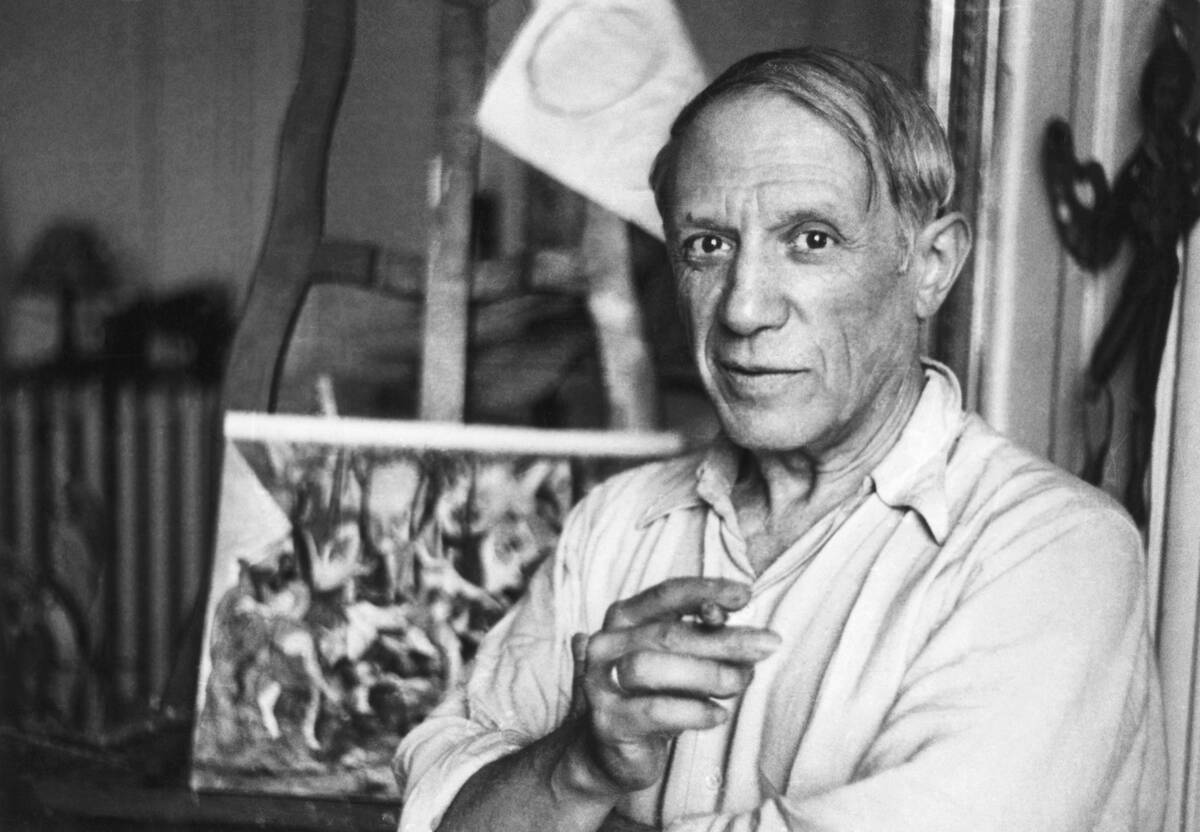
Pablo Picasso was a Spanish painter and sculptor, recognized as one of the most influential artists of the 20th century. Known for co-founding the Cubist movement, Picasso’s works like ‘Les Demoiselles d’Avignon’ challenged conventional perspectives with their fragmented forms and abstract representations. His ability to continually reinvent his style, from his Blue Period to his later works, demonstrates his relentless pursuit of innovation and mastery over his craft.
Andy Warhol: The King of Pop Art
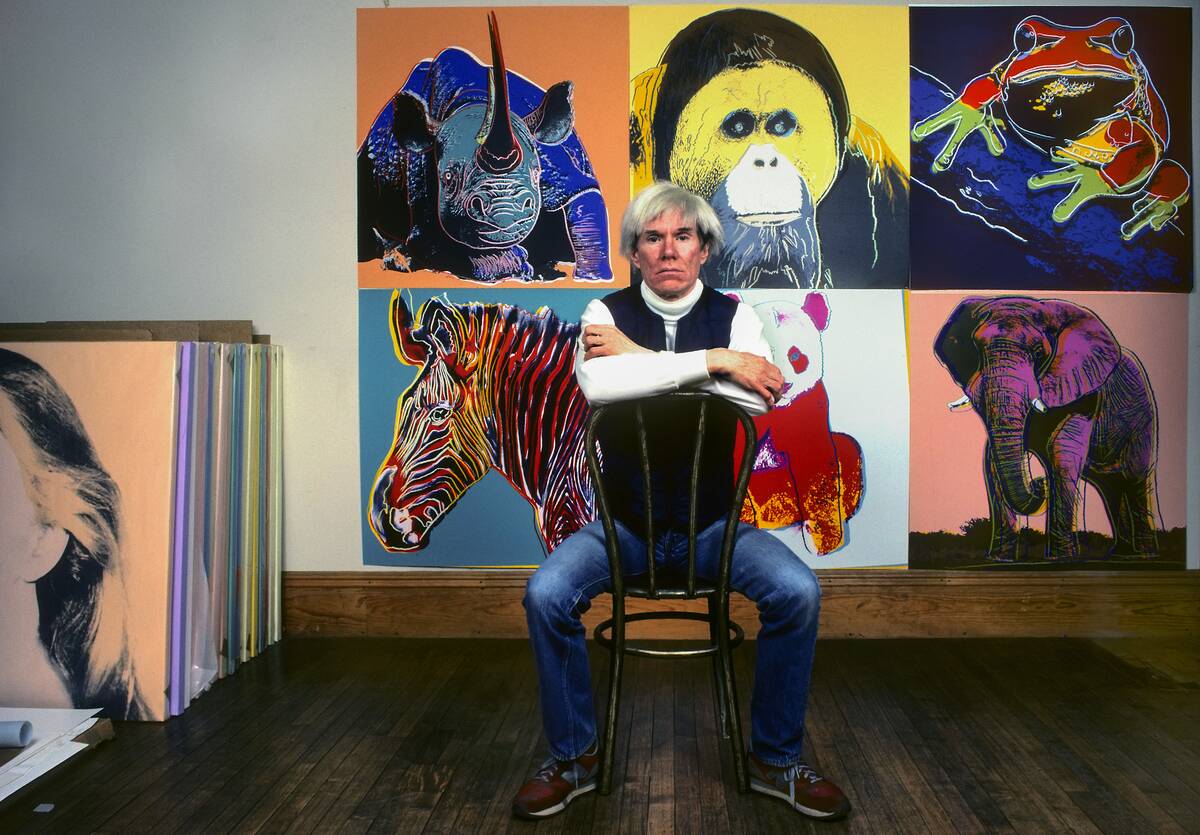
Andy Warhol’s impact on art is undeniable, with his works epitomizing the Pop Art movement. His fascination with consumerism and celebrity culture is evident in pieces like his iconic ‘Campbell’s Soup Cans’ series. Warhol blurred the lines between high art and commercial art, using techniques like silk-screening to mass-produce images, making art more accessible and challenging preconceived notions of artistic value.
Jackson Pollock: The Pioneer of Abstract Expressionism
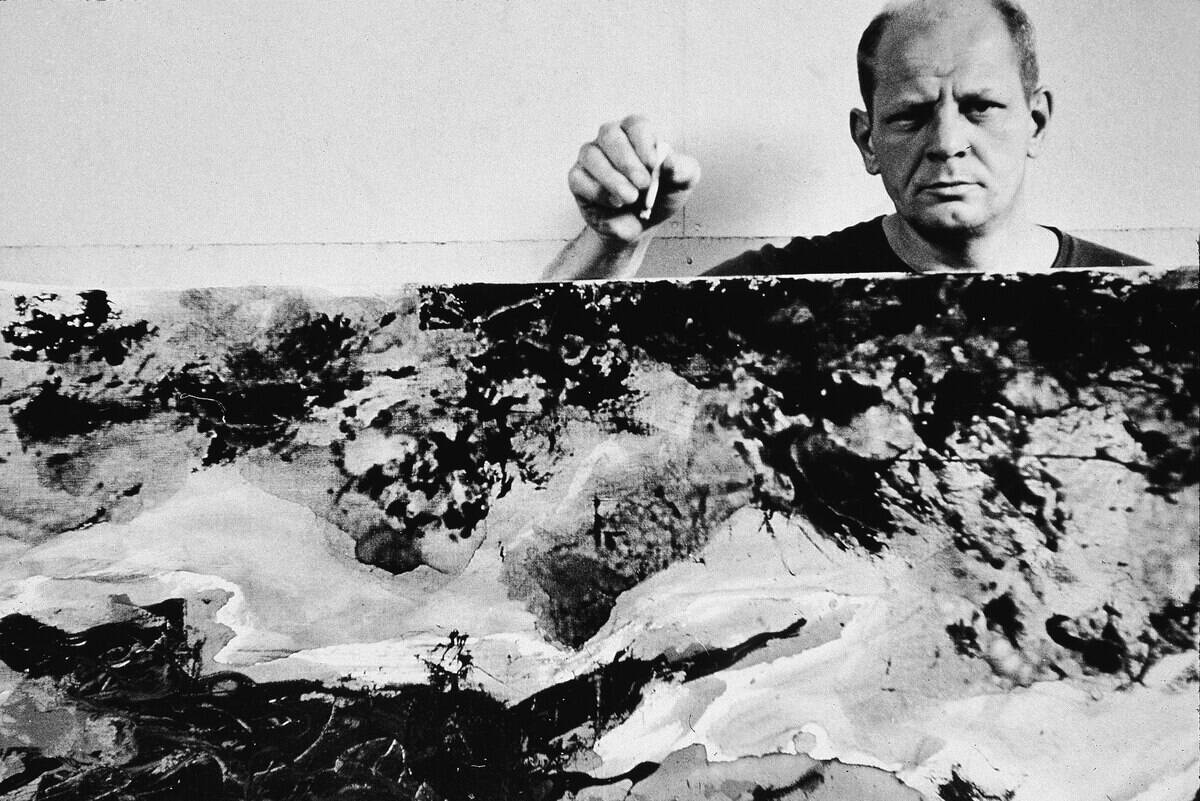
Jackson Pollock revolutionized the art world with his unique style of drip painting, a hallmark of Abstract Expressionism. His technique involved pouring and splattering paint onto canvases laid on the ground, creating dynamic works like ‘No. 5, 1948.’ This method allowed for a spontaneous and physical interaction with the medium, emphasizing the importance of the creative process itself rather than the finished product.
Georgia O’Keeffe: The Mother of American Modernism
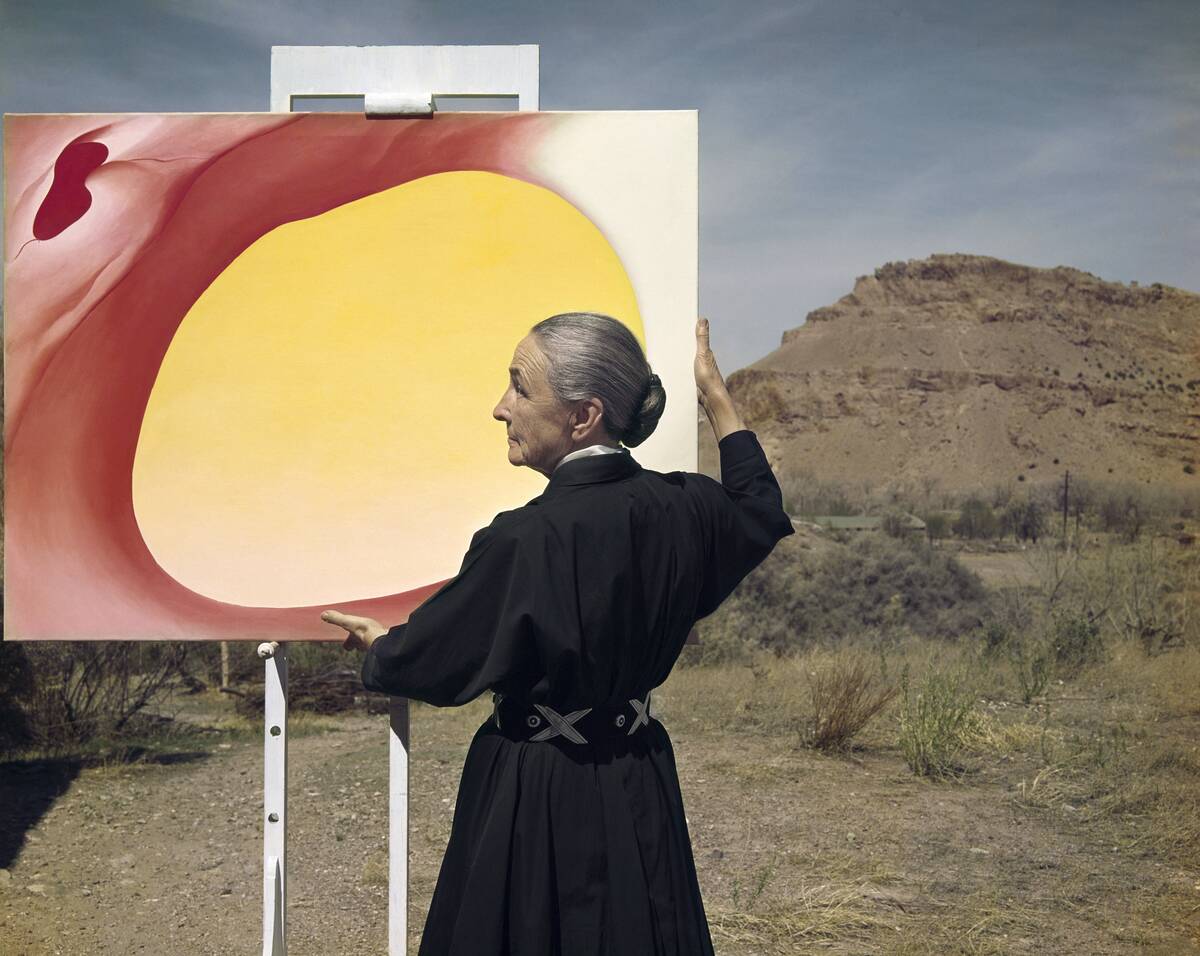
Georgia O’Keeffe is renowned for her large-scale, close-up depictions of flowers, which often evoke a sense of wonder and intimacy. She is considered a pioneer of American Modernism, with works that blend abstraction and representation. O’Keeffe drew inspiration from the natural landscapes of New Mexico, where she lived for much of her life, creating pieces that capture the stark beauty of the desert and the power of nature.
Salvador Dalí: The Eccentric Surrealist
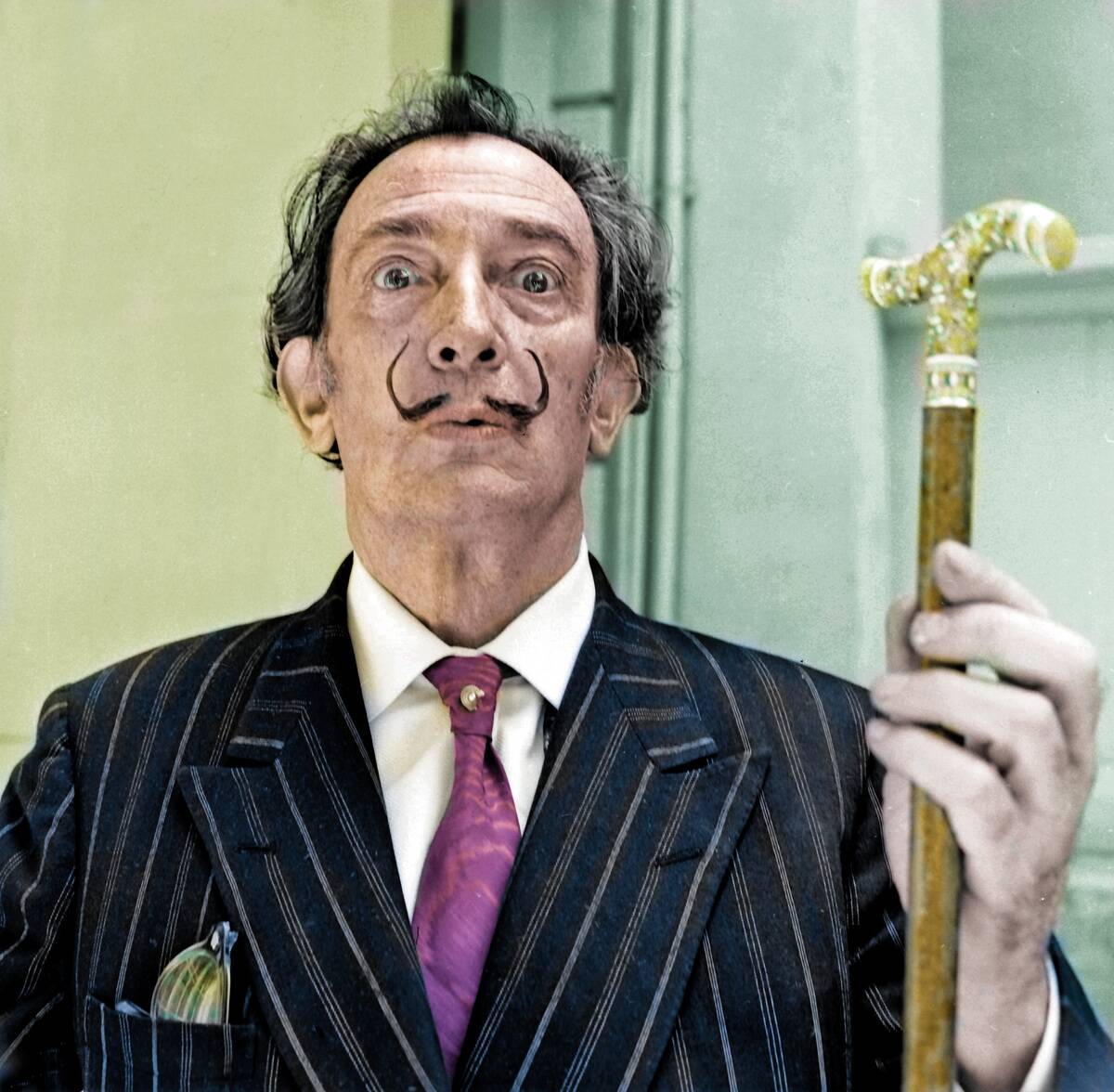
Salvador Dalí was a master of Surrealism, known for his bizarre and dreamlike imagery. His painting ‘The Persistence of Memory,’ with its melting clocks, is one of the most recognizable works of the 20th century. Dalí’s eccentric personality matched his art, as he often sought to provoke and surprise. His innovative use of symbolism and his ability to tap into the subconscious mind have left a lasting legacy on the art world.
Henri Matisse: The Leader of Fauvism
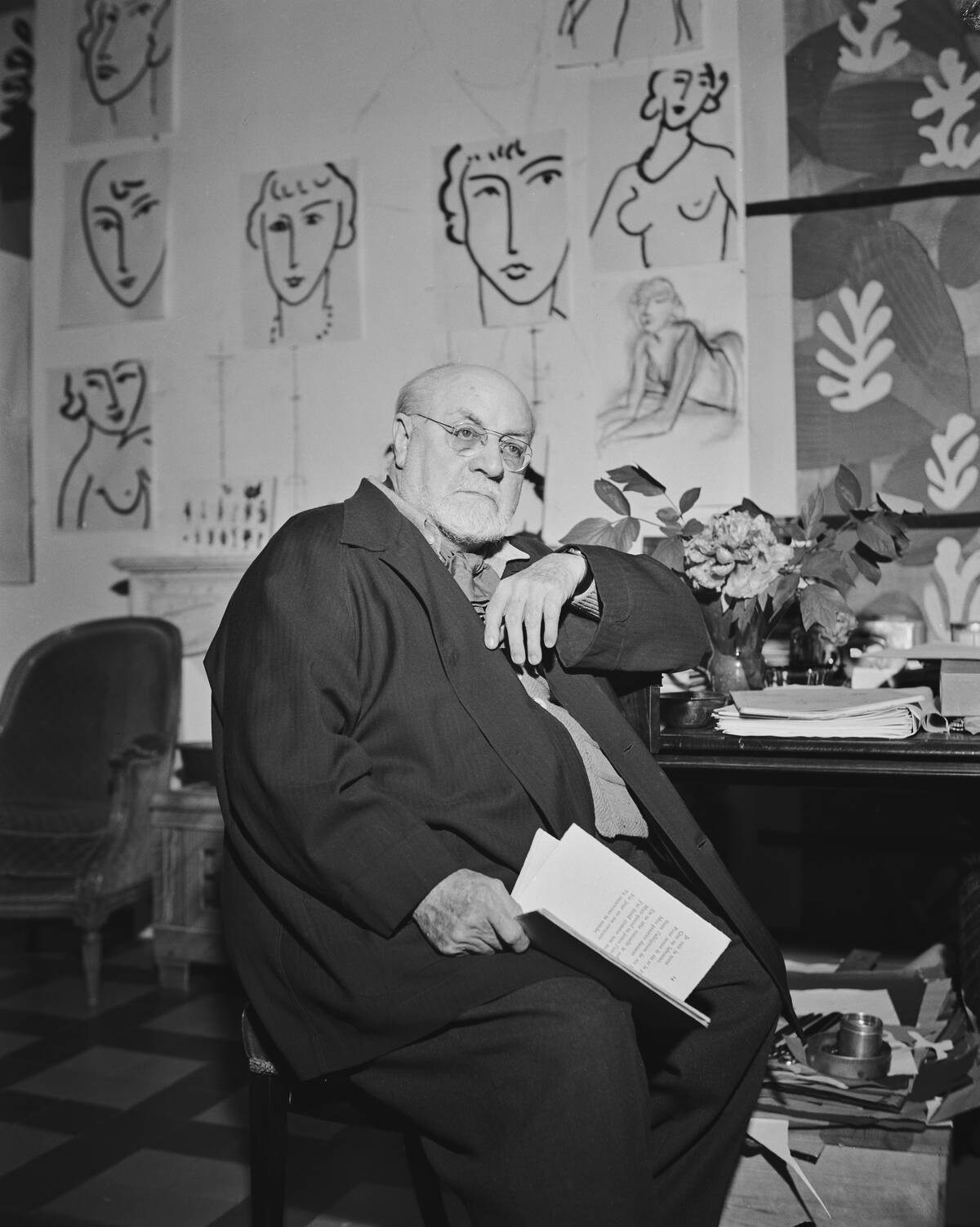
Henri Matisse is celebrated as the leading figure of Fauvism, a movement characterized by bold colors and expressive brushwork. Works like ‘Woman with a Hat’ exemplify Matisse’s vibrant palette and innovative approach to color. Throughout his career, Matisse experimented with different media, including sculpture and paper cutouts, demonstrating his versatility and commitment to exploring the expressive potential of art.
Diego Rivera: The Revolutionary Muralist
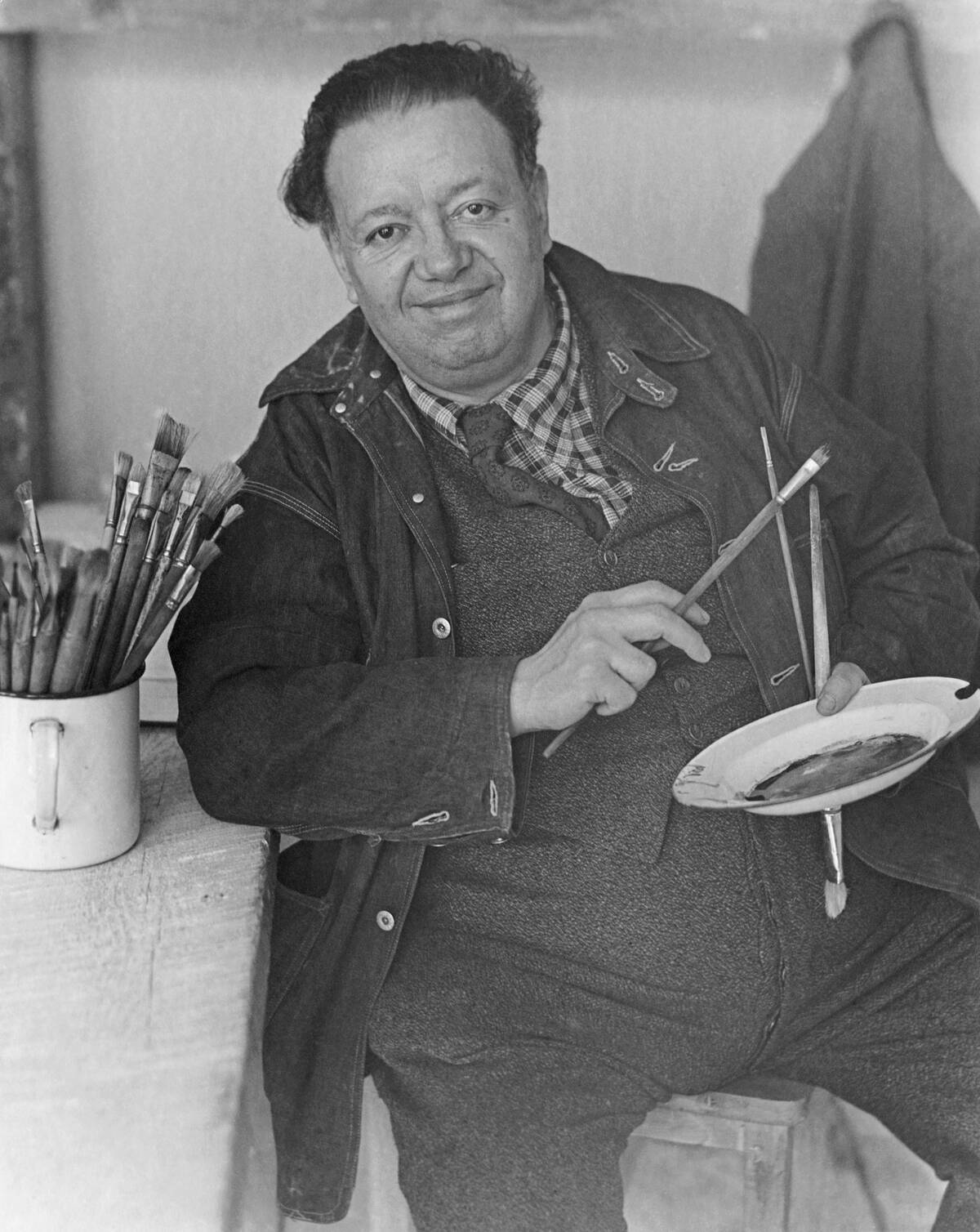
Diego Rivera was a prominent Mexican muralist whose works often depicted social and political themes. His murals, such as those in the National Palace in Mexico City, are celebrated for their powerful storytelling and vibrant compositions. Rivera’s art was a tool for social change, blending history and politics with artistic expression, and his influence extended far beyond the confines of traditional gallery spaces.
Wassily Kandinsky: The Father of Abstract Art
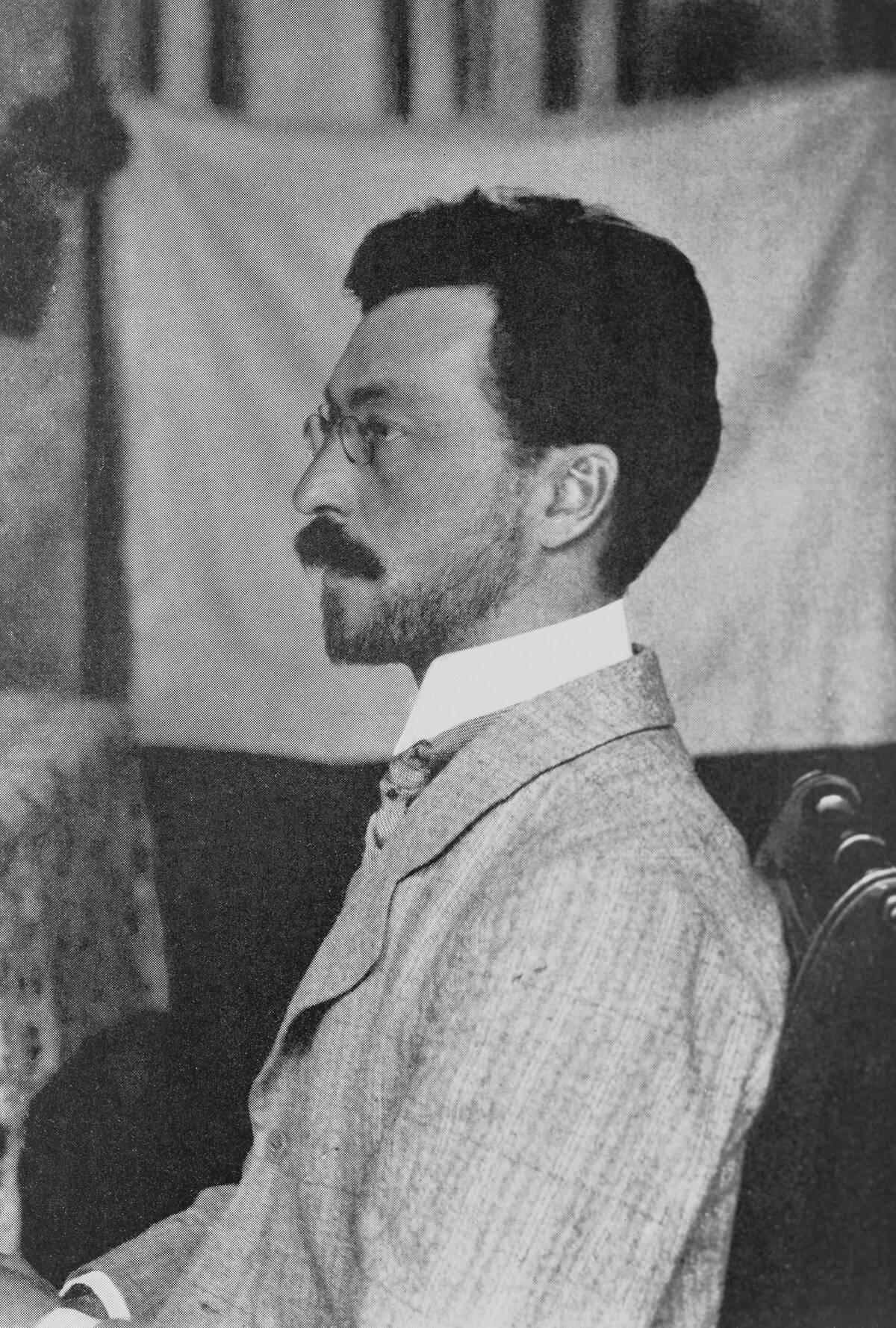
Wassily Kandinsky is often credited as the pioneer of abstract art, known for works that emphasize color and form over representational accuracy. His painting ‘Composition VIII’ showcases his innovative use of geometric shapes and dynamic compositions. Kandinsky believed in the spiritual power of art, aiming to evoke emotions and transcend the material world through his abstract creations, laying the groundwork for future generations of artists.
Marc Chagall: The Poet of Color and Fantasy
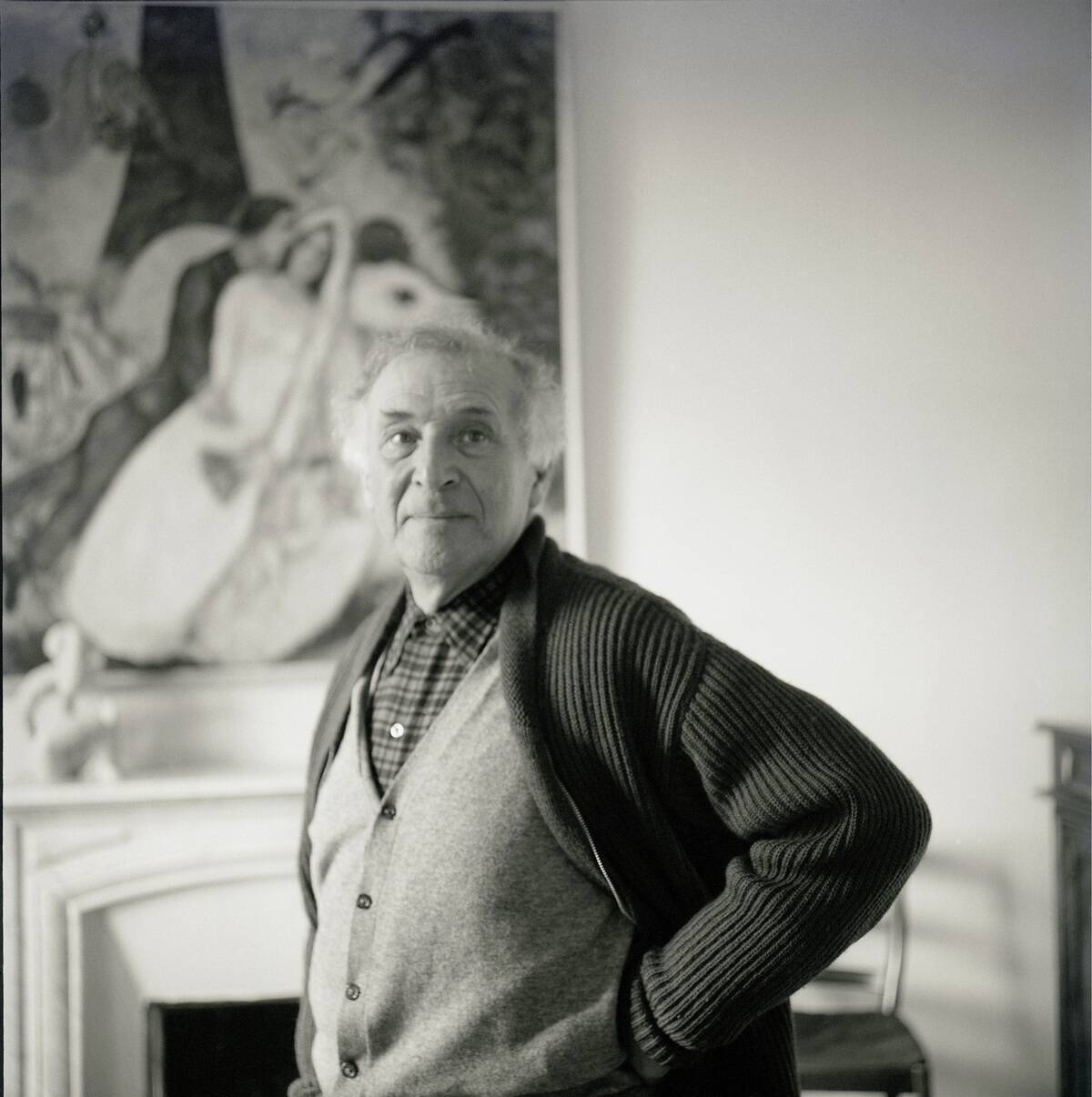
Marc Chagall’s art is a celebration of color and fantasy, often drawing on his Jewish heritage and personal experiences. His works, such as ‘I and the Village,’ blend reality and imagination in a dreamlike manner. Chagall’s unique style, characterized by vibrant colors and whimsical figures, has earned him a place as one of the most beloved artists of the 20th century, enchanting viewers with his poetic and mystical vision.
Claude Monet: The Impressionist Virtuoso
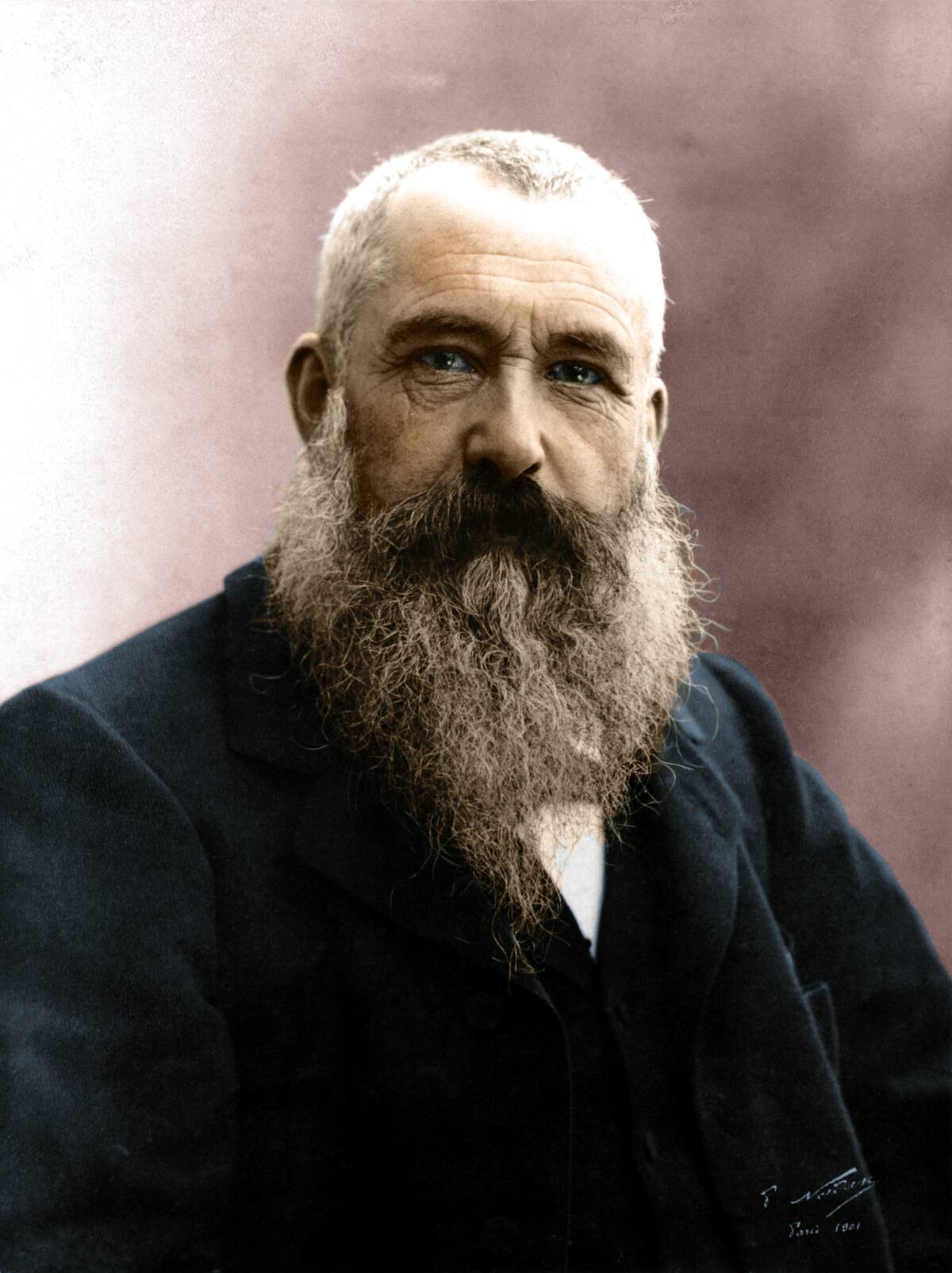
Claude Monet was a key figure in the Impressionist movement, renowned for his innovative use of light and color. His series of paintings, such as ‘Water Lilies,’ capture the changing qualities of light and atmosphere. Monet’s technique involved painting en plein air, allowing him to observe and depict the natural world with immediacy and freshness. His contributions laid the foundation for modern art, influencing generations of artists.
Roy Lichtenstein: The Comic Book Visionary
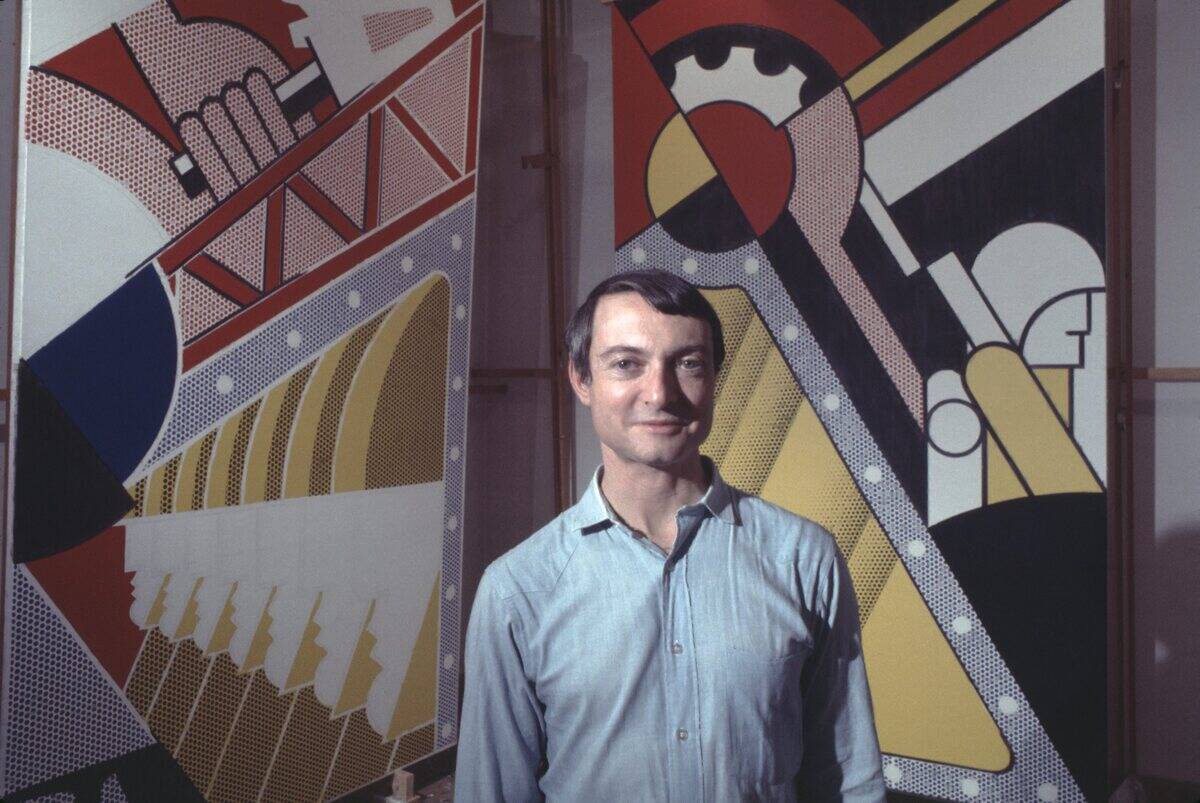
Roy Lichtenstein was a leading figure in the Pop Art movement, known for his comic book-inspired works. His paintings, like ‘Whaam!’ and ‘Drowning Girl,’ mimic the style of commercial printing, using Ben-Day dots and bold colors. Lichtenstein’s art challenges the boundaries between high and low culture, transforming familiar imagery into thought-provoking pieces that comment on mass media and consumerism.
Yoko Ono: The Avant-Garde Innovator
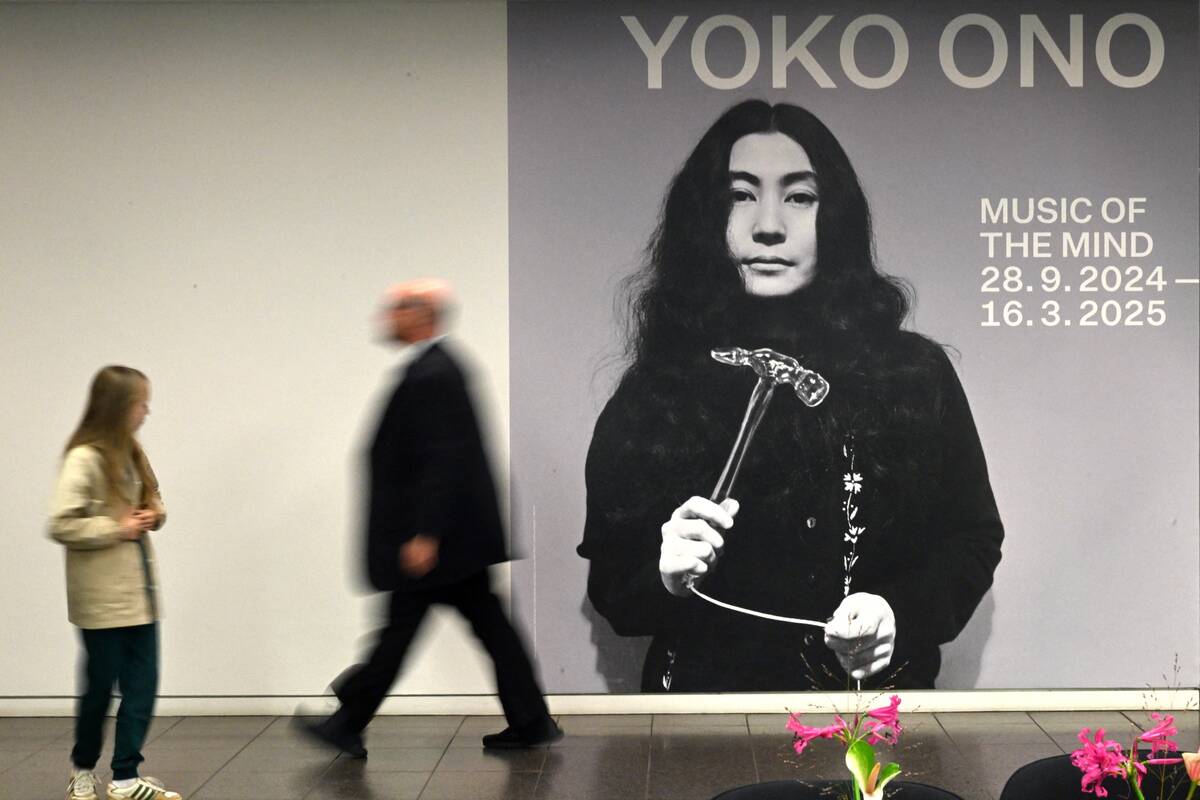
Yoko Ono is an avant-garde artist whose work spans various media, including performance, music, and visual art. Her conceptual pieces, such as ‘Cut Piece,’ invite audience participation and challenge traditional notions of authorship and artistic creation. Ono’s collaborations with John Lennon further cemented her influence in the art world, as she continues to advocate for peace and social change through her art and activism.
Frida Kahlo: The Icon of Surrealism and Self-Expression
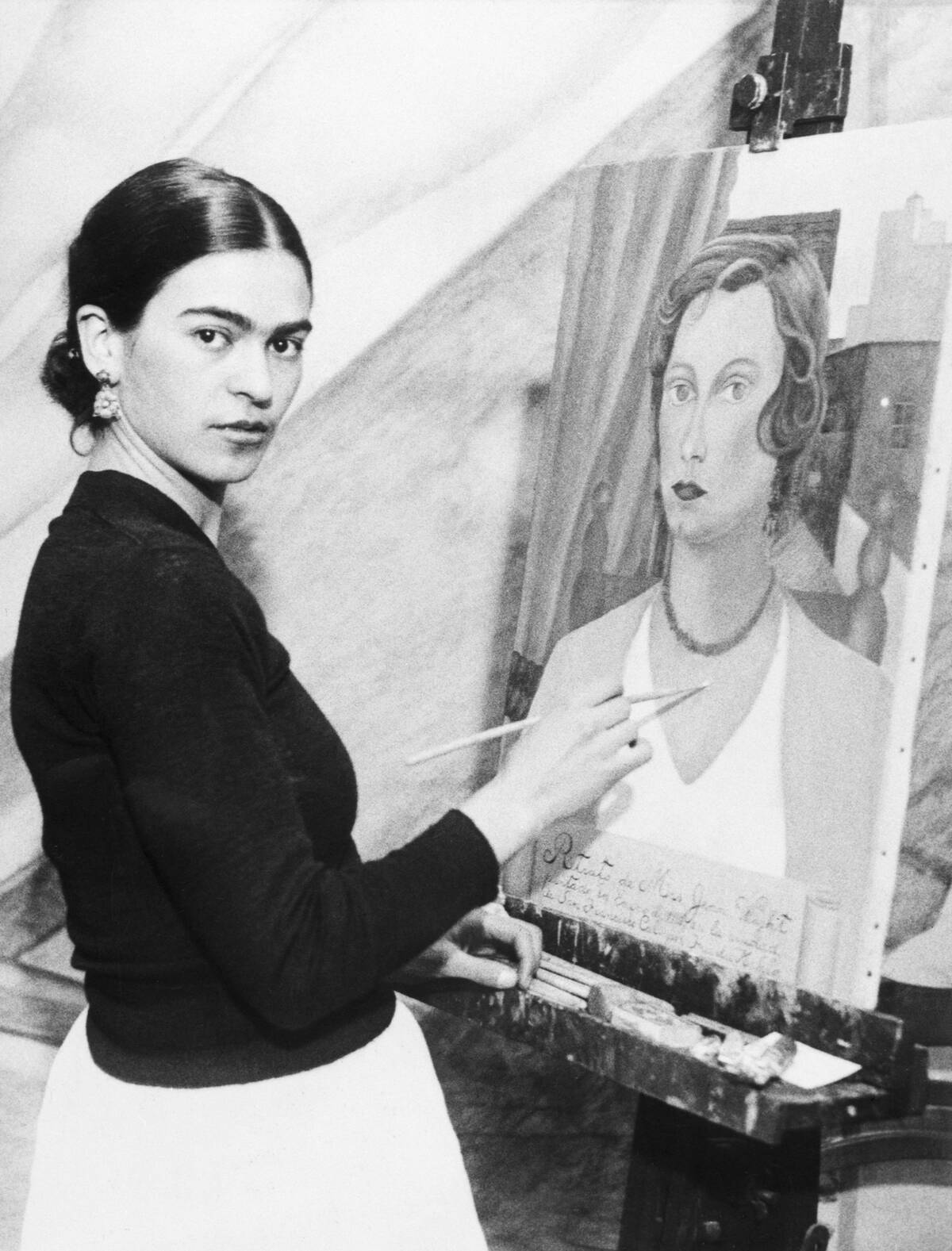
Frida Kahlo’s art is deeply introspective and personal, often reflecting her own experiences and emotions. Her paintings, such as ‘The Two Fridas,’ are celebrated for their vivid imagery and symbolic depth. Despite being associated with Surrealism, Kahlo herself denied the label, stating that she painted her reality. Her work transcends simple categorization, capturing the complex interplay between culture, identity, and the human experience.
Keith Haring: The Street Art Sensation
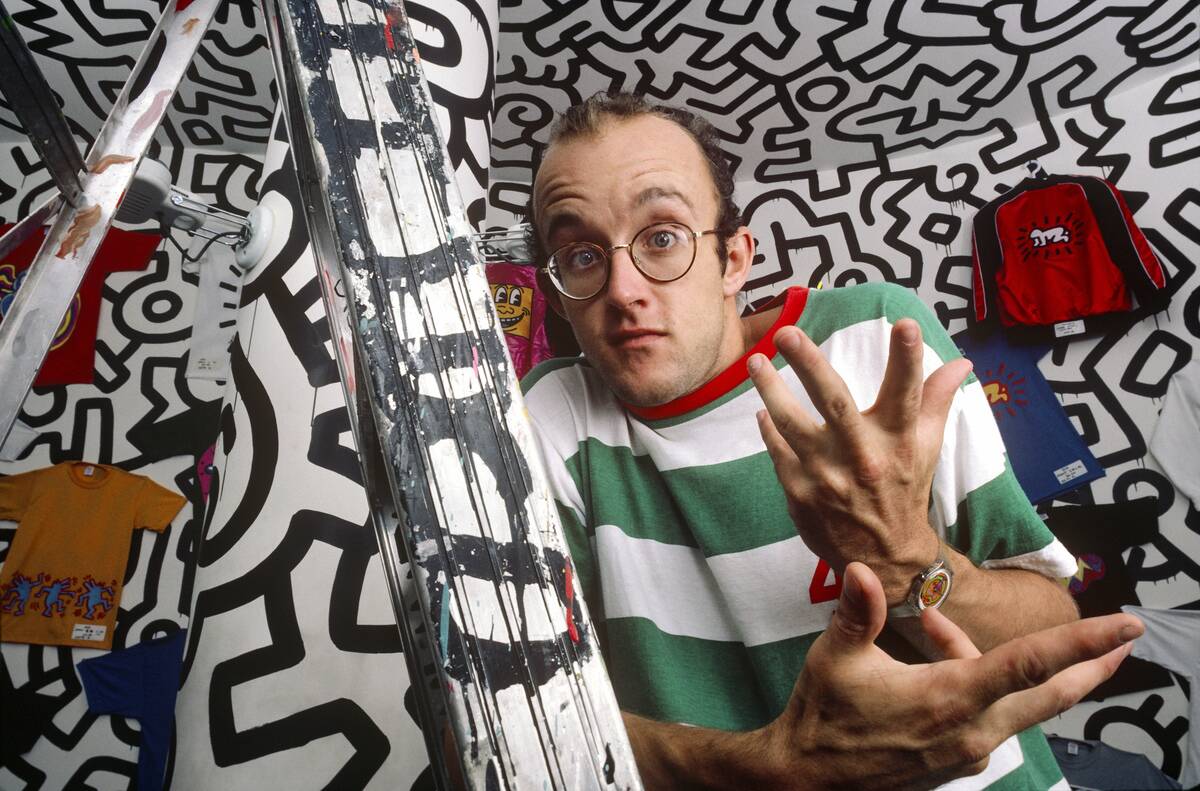
Keith Haring emerged as a leading figure in the street art movement of the 1980s, known for his bold, graphic style and public murals. His iconic imagery, featuring radiant babies and barking dogs, carries a message of social activism and inclusivity. Haring’s work, both in galleries and on city streets, addressed issues like AIDS awareness and apartheid, using art as a vehicle for change and accessibility.
Cindy Sherman: The Queen of Conceptual Portraiture
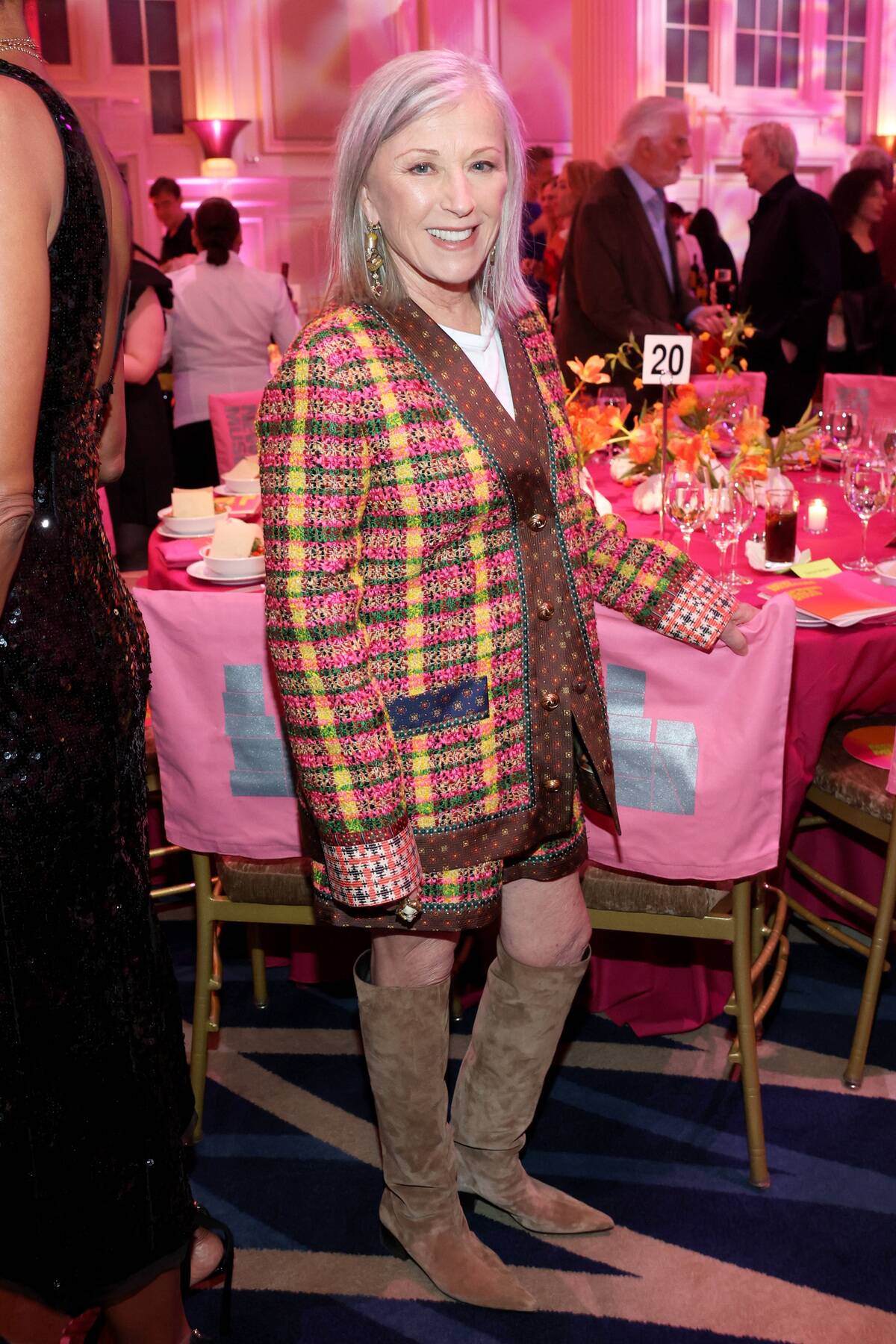
Cindy Sherman is renowned for her innovative approach to portraiture, often using herself as the subject to explore themes of identity and representation. Her ‘Untitled Film Stills’ series challenges traditional narratives of femininity and the portrayal of women in media. By assuming various roles and characters, Sherman critiques societal norms and invites viewers to question the nature of identity in the modern world.
Jean-Michel Basquiat: The Neo-Expressionist Prodigy
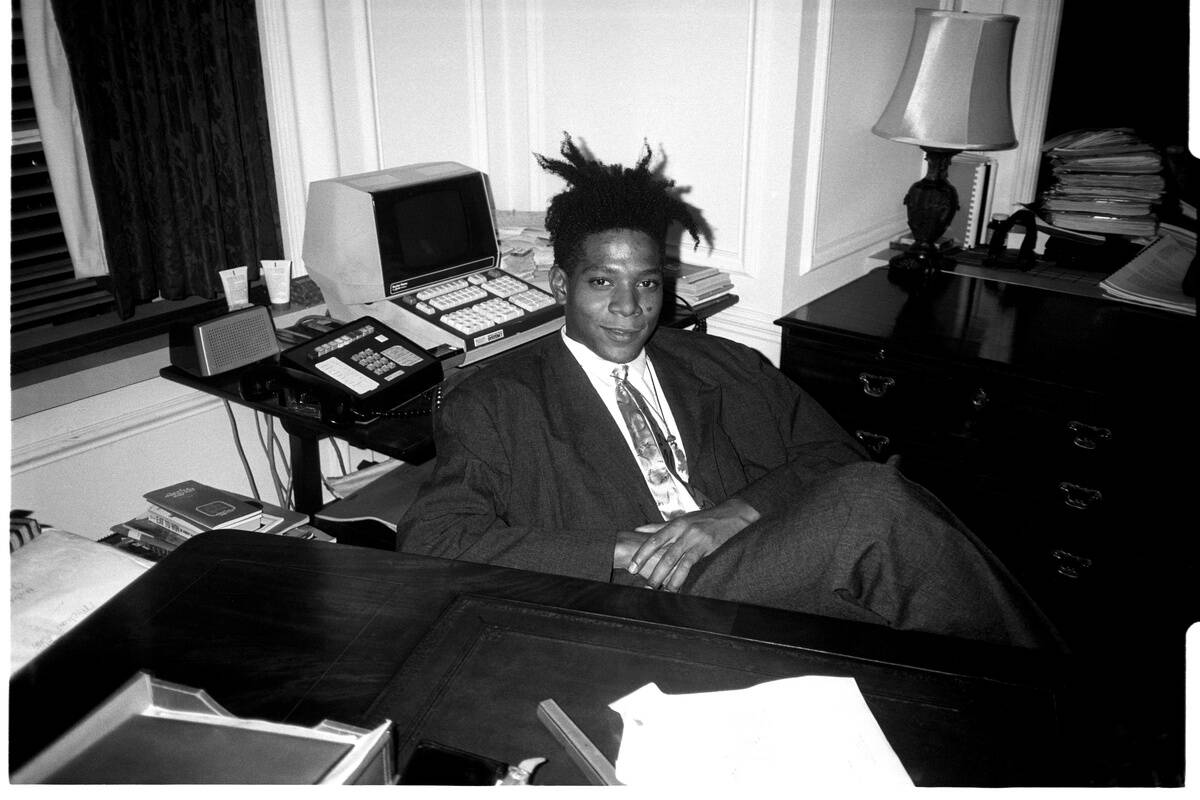
Jean-Michel Basquiat was a prodigious talent whose work combined elements of street art, Neo-Expressionism, and cultural commentary. His paintings, such as ‘Untitled (1981),’ are characterized by their raw energy, vibrant colors, and complex symbolism. Basquiat’s art addressed themes of race, identity, and power, capturing the zeitgeist of his time and leaving an indelible mark on the art world despite his brief career.



